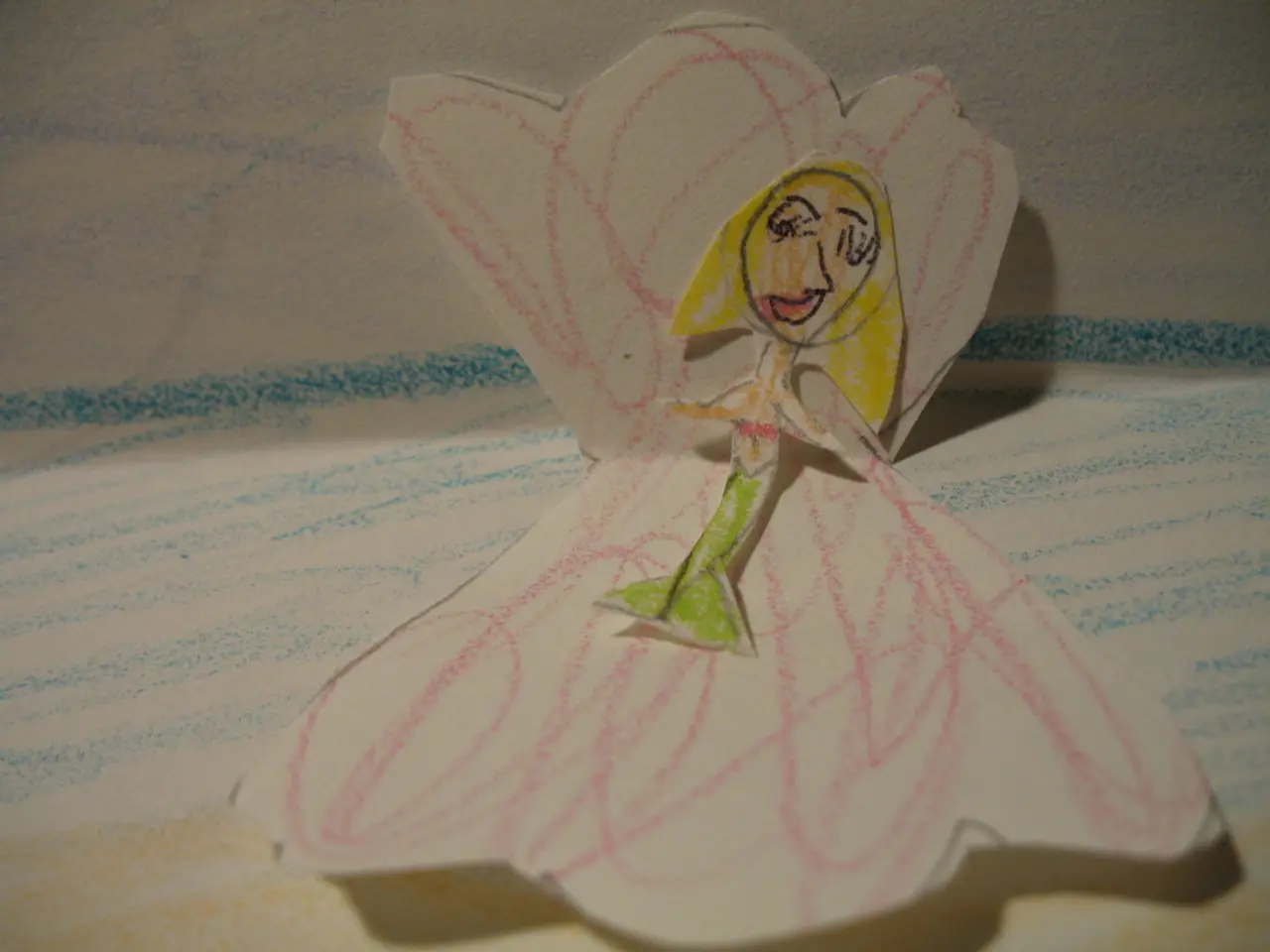Utilizing Art Licensing: A Hands-On Tutorial
Art licensing is a fascinating avenue for artists to expand their creative horizons, generate scalable income, and grow their audience. This process involves granting permission to a company or individual to use one's artwork in exchange for payment, while retaining copyright ownership.
Understanding Art Licensing Terms
In an art licensing agreement, the licensor (the artist or rights holder) grants the licensee (the company or individual) the right to use the artwork within agreed limits and for a specified time. The scope of use defines how, where, and on what product or media the art can be used. The territory refers to the geographic area where the license applies, while the duration is the length of time the license is valid. Royalties/Fees are the payment structure, often a percentage of sales or a flat fee. Exclusivity determines whether the licensee has exclusive rights or if the licensor can license the artwork to others. Approval rights give the artist control over how their art is used and approval of final products. Termination clauses outline the conditions under which the license can be ended.
The Advantages of Art Licensing
Art licensing offers several benefits to artists. It provides a source of passive income, as artists earn royalties without selling original pieces directly. By licensing their work, artists can maintain their copyright while profiting from its usage. This route also offers market exposure, as art appears on a variety of products such as apparel, books, films, and more. It opens up collaboration opportunities with manufacturers, publishers, and brands. Furthermore, through approval processes, artists can protect their creative vision.
Finding Suitable Licensing Partners
Finding suitable licensing partners is a crucial step in the art licensing process. Researching companies in your niche that seek artwork for their products is a good starting point. Attending art licensing trade shows and industry events can also be beneficial, as they provide opportunities to network, learn, and showcase work. Using licensing agencies or representatives, who connect artists with manufacturers and handle agreements professionally, can streamline the process. Submitting licensing requests through artist rights organizations or agencies can also be effective. Due diligence on potential partners is essential to ensure their reputation aligns with your values and to avoid conflicts or PR issues.
Case Study: Amber Vittoria
Amber Vittoria, an acclaimed illustrator, is a prime example of an artist who has successfully navigated the world of art licensing. Her work has been featured by Facebook, Gucci, Apple, and The New York Times. She often licenses her existing works to the right websites, making it an efficient path for smaller brands or first-time collaborations. Building long-term relationships with licensees is beneficial for both parties.
Best Practices for Art Licensing
When determining how much to charge, factors such as usage, territory, term, and exclusivity should be considered. Models include flat fee, royalty (often 5-12% of wholesale), or a hybrid with an advance recouped against royalties. Vague "all media" rights with no limits, no clear termination/sell-off clause, underpriced exclusivity or broad territories, and unlimited modification rights without the artist's approval are red flags. It is recommended to have a quick legal review for big/exclusive deals, though templates can help for smaller agreements.
In summary, the art licensing process offers artists financial benefits and wider exposure while protecting their work and reputation. By understanding the terms, finding suitable partners, and adhering to best practices, artists can successfully navigate this exciting avenue. The Artist Handbook offers practical guides on licensing, authentication, pricing, and more to help artists get started.
- Art licensing can be advantageous for artists seeking career development, as it not only provides a source of passive income but also offers market exposure and collaboration opportunities.
- Education and self-development are crucial for artists engaged in art licensing, as understanding terms, finding suitable partners, and adhering to best practices help them navigate this exciting avenue successfully.




